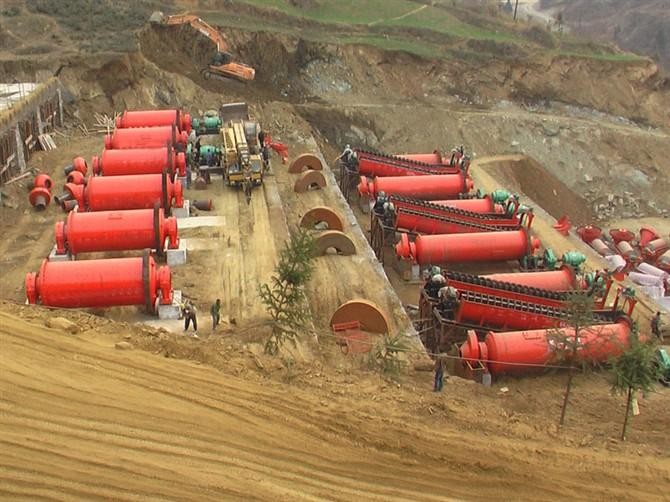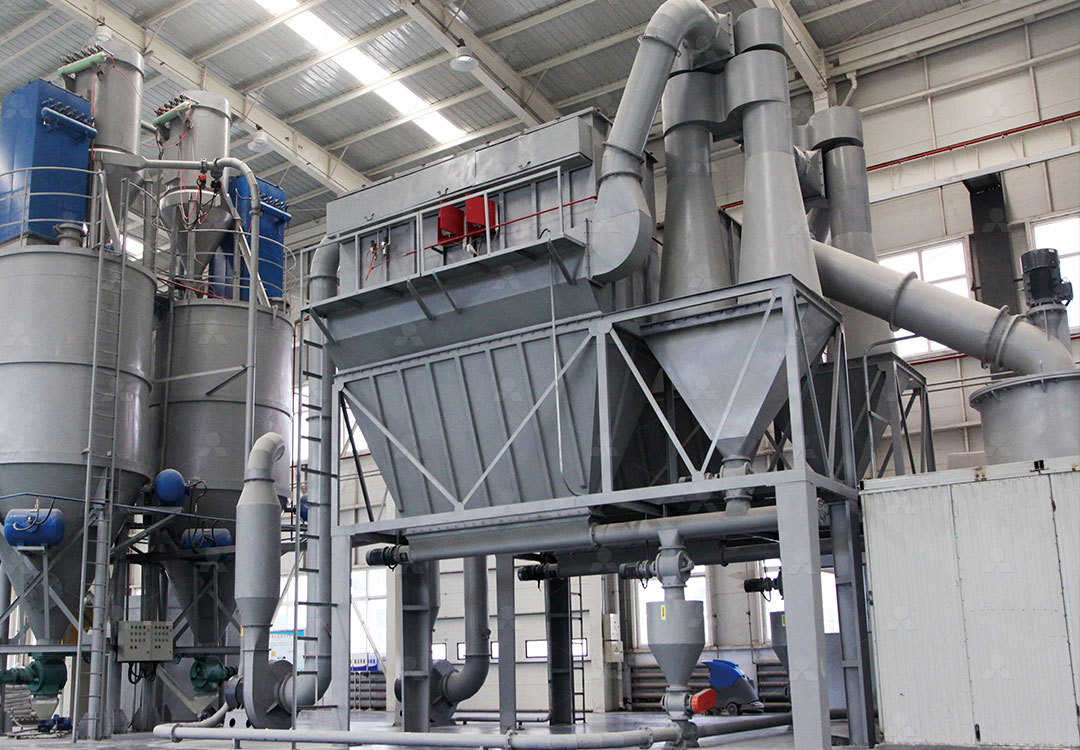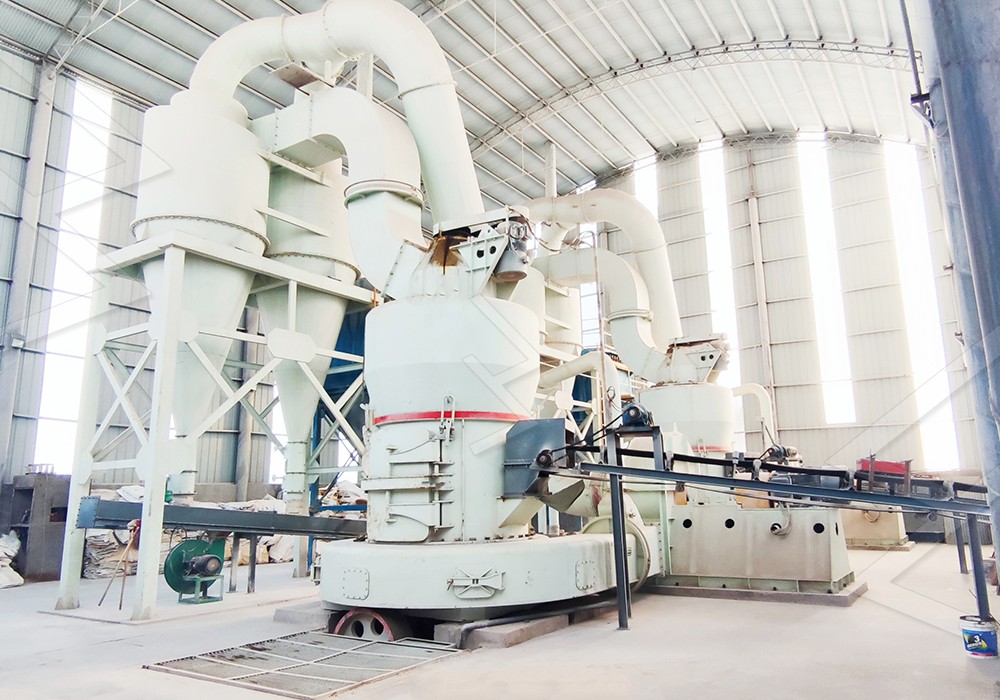Key Features and Working Methods of Ball Milling Machines
Key Features and Working Methods of Ball Milling Machines
Ball milling remains a cornerstone technology in the size reduction and fine grinding industry. While traditional ball mills are common, the evolution towards more efficient, specialized, and environmentally friendly machines has been significant. Understanding the core features and operational principles of these mills is crucial for selecting the right equipment for your application.
Core Operational Principle
At its heart, a ball mill is a relatively simple horizontal rotating device. The crushing action is achieved by the impact and attrition of grinding media—typically steel balls—contained within a cylindrical chamber. As the mill rotates, the balls are lifted to a certain height by the chamber’s liner before cascading down, impacting and grinding the material fed into the chamber. The ground material is then discharged through a grate, completing the process. This method is highly effective for a wide range of materials, from ores to chemicals.

Advantages and Common Applications
The primary advantages of traditional ball mills include their robust construction, lower initial investment cost, and ability to grind a very wide variety of materials. They are a workhorse in industries like cement, coal power plant desulfurization, metallurgy, and ceramics. However, they are often characterized by higher energy consumption and larger physical footprints compared to some modern alternatives.
The Shift to Advanced Grinding Technology
While the ball mill is a reliable classic, technological advancements have led to the development of mills that offer superior efficiency, finer product control, and lower operating costs. For operations requiring ultra-fine powders with high whiteness and purity, specialized equipment is often a better investment.
For instance, our MW Ultrafine Grinding Mill is engineered specifically for customers who need to produce ultra-fine powder between 325-2500 meshes. It adresses many limitations of traditional mills. It features a higher yield and lower energy consumption—operating at just 30% of the energy use of a jet mill while offering 40% higher capacity. A key design advantage is the absence of rolling bearings and screws in the grinding chamber, eliminating common failure points and concerns about loose screws causing machine damage. Furthermore, its efficient pulse dust collector and muffler ensure the entire production process is eco-friendly, with minimal dust and noise pollution.

Another excellent option for fine powder production is the LUM Ultrafine Vertical Grinding Mill.
This mill integrates ultrafine powder grinding, grading, and transporting into a single, compact unit. It boasts more energy-saving multi-head powder separating technology, reducing energy consumption by 30%-50% compared to common grinding mills. Its unique double position-limiting technology ensures stable operation by preventing destructive impacts from machine vibration. Perhaps its most maintenance-friendly feature is the reversible structure, which allows operators to easily move the heavy grinding roller out of the body for inspection and part replacement, significantly reducing downtime.
Conclusion
The choice between a traditional ball mill and a more advanced system like the MW or LUM mills depends heavily on your specific requirements for product fineness, energy efficiency, operational stability, and environmental impact. For high-volume production of superfine powders, these advanced mills represent a significant step forward in grinding technology, offering worry-free operation and a rapid return on investment through lower running costs.

